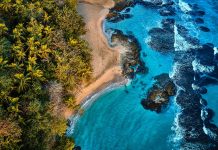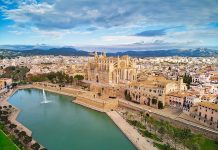Sometimes they seem strange, colorful creatures that could have been devised by a surrealist artist and sometimes with horrific forms plucked from a nightmare. For thousands of years been the trigger for creating legends and horror stories, the monster of Loch Ness, starred in movie productions, depicted in Minoan pottery, Roman tiles, Victorian scientific literature and tattooed sailors of the 20th century. Today, still excite the imagination thanks to the strange shapes, spectacular colors and unusual properties.
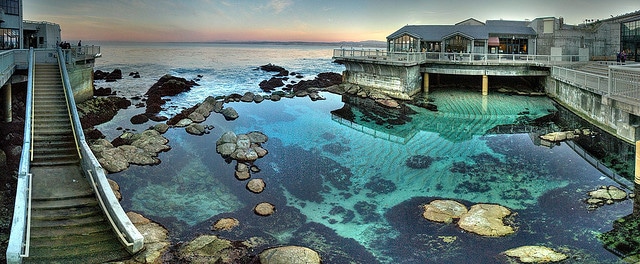
The mysterious life forms that inhabit the ocean depths, the focus of the new large scale exhibition of the Monterey Bay Aquarium, central coast of California, entitled Tentacles: The Astounding Lives of Octopuses, Squid and Cuttlefishes. The extensive presentation cephalopod, which has ever organized worldwide, claimed more than 2.5 million, occupies about 345 square meters of exhibition space and includes live representatives of 24 different species among them, two giant Pacific octopus, which can overcome nine feet long, tiny pygmy squid of 2.5 cm, and one of the largest cuttlefish in the world and copies of ancient objects related representations, models and audio-visual material.
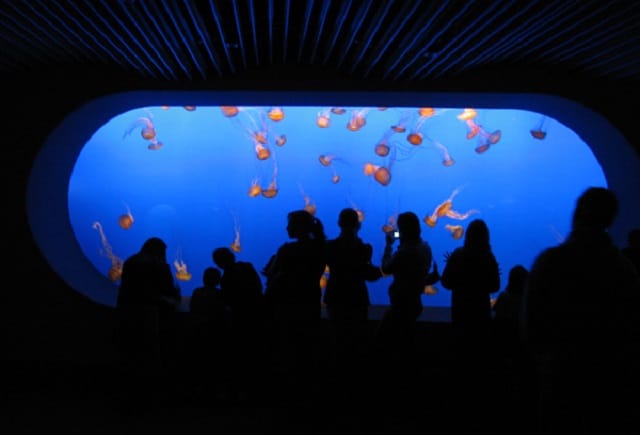
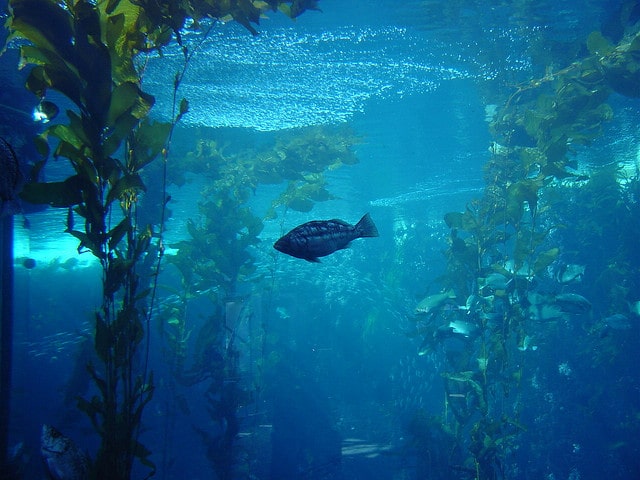
Interactive multimedia applications will offer visitors the ability, among other things, to move a mechanical squid through the water, giving a boost to its tentacles, but also transformed, mimicking the properties of specific marine species that change color or shape to surprise their victims, threatening to hide from predators or to attract a mate. In addition, the staff of the Aquarium will attempt for the first time to host squid and octopuses of the deep sea, as the vampire squid, which is considered the ancestor of the squid and octopus, in a specially designed area with cold sea water, low oxygen levels and almost complete darkness, while the laboratory eggs will presents the pioneering achievements of the Research Institute of Aquarium in breeding aquatic animals. Moreover, because most cephalopods live extremely short lives , usually between one and two years, most of the exhibits should be replaced before the end of the report, 2016. Threats currently facing the ecosystem of the oceans due to human activities such as fishing, pollution, etc., will be highlighted by moving sculptures made from waste or recyclable materials from the Californian artist Nemo Gould.
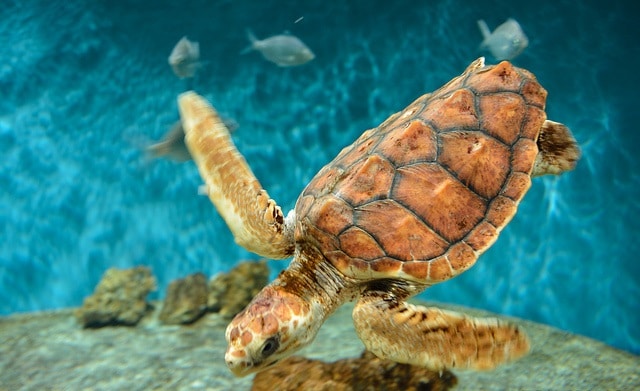
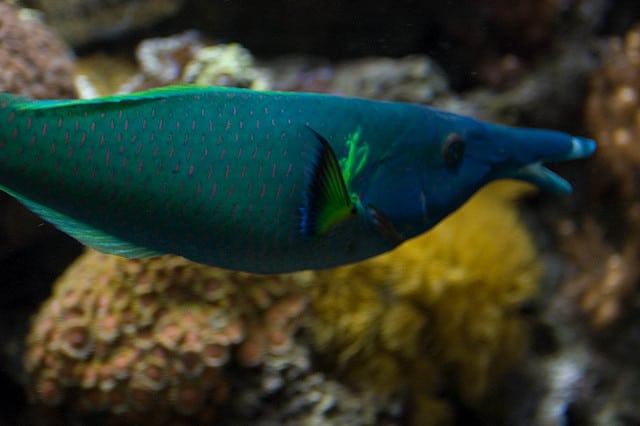
The non profit Monterey Bay Aquarium has been operating since 1984 and the collection includes over 35,000 aquatic organisms from 550 species, including penguins, jellyfish and sharks. Aiming to protect the oceans, except periodic reports implements scientific programs and public awareness campaigns. The Institute, founded in 1987, has five boats and three autonomous underwater specially equipped for the study of marine life and a permanent submarine laboratory to depth of 4,000 meters below sea level. The report Tentacles: The Astounding Lives of Octopuses, Squid and Cuttlefishes has opened and will last until September of 2016.
View more here: What are the giant sequoias in California and where to see them, Spring ride around the world.
By Nicole P.
Monterey Bay Aquarium photos: Nick Chong, LollyKnit, cyntia_apps, Bob Aronson, David Lake.


